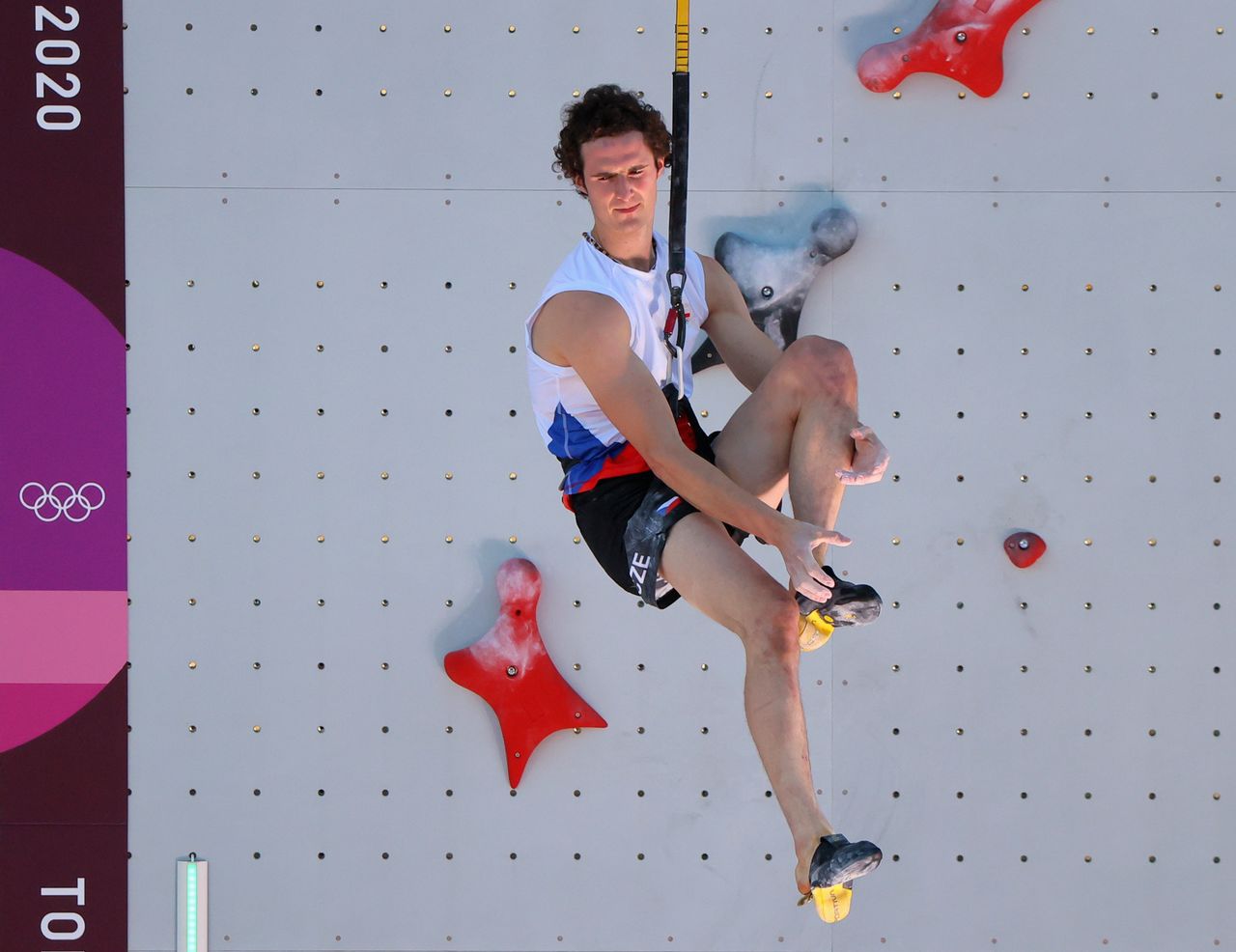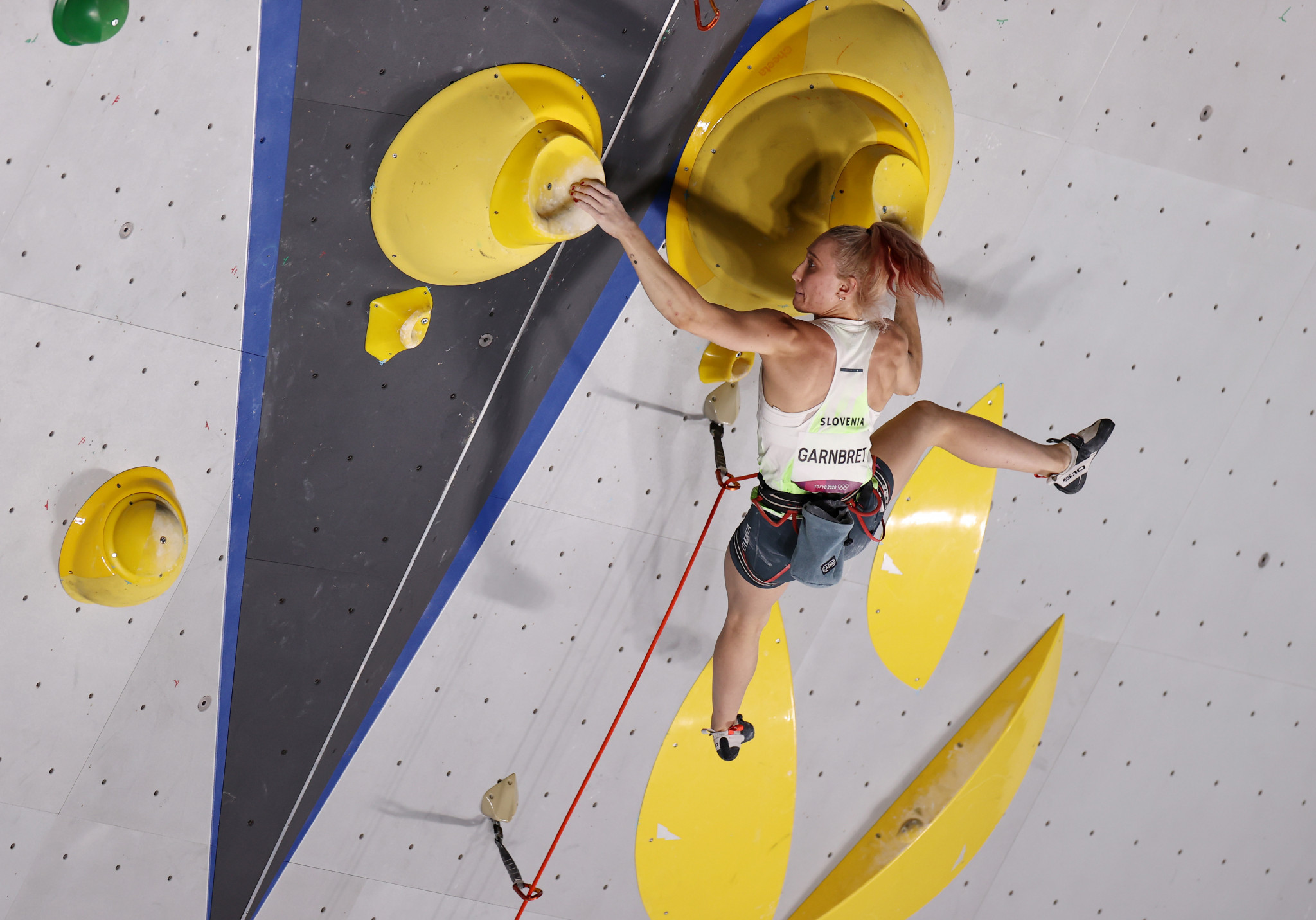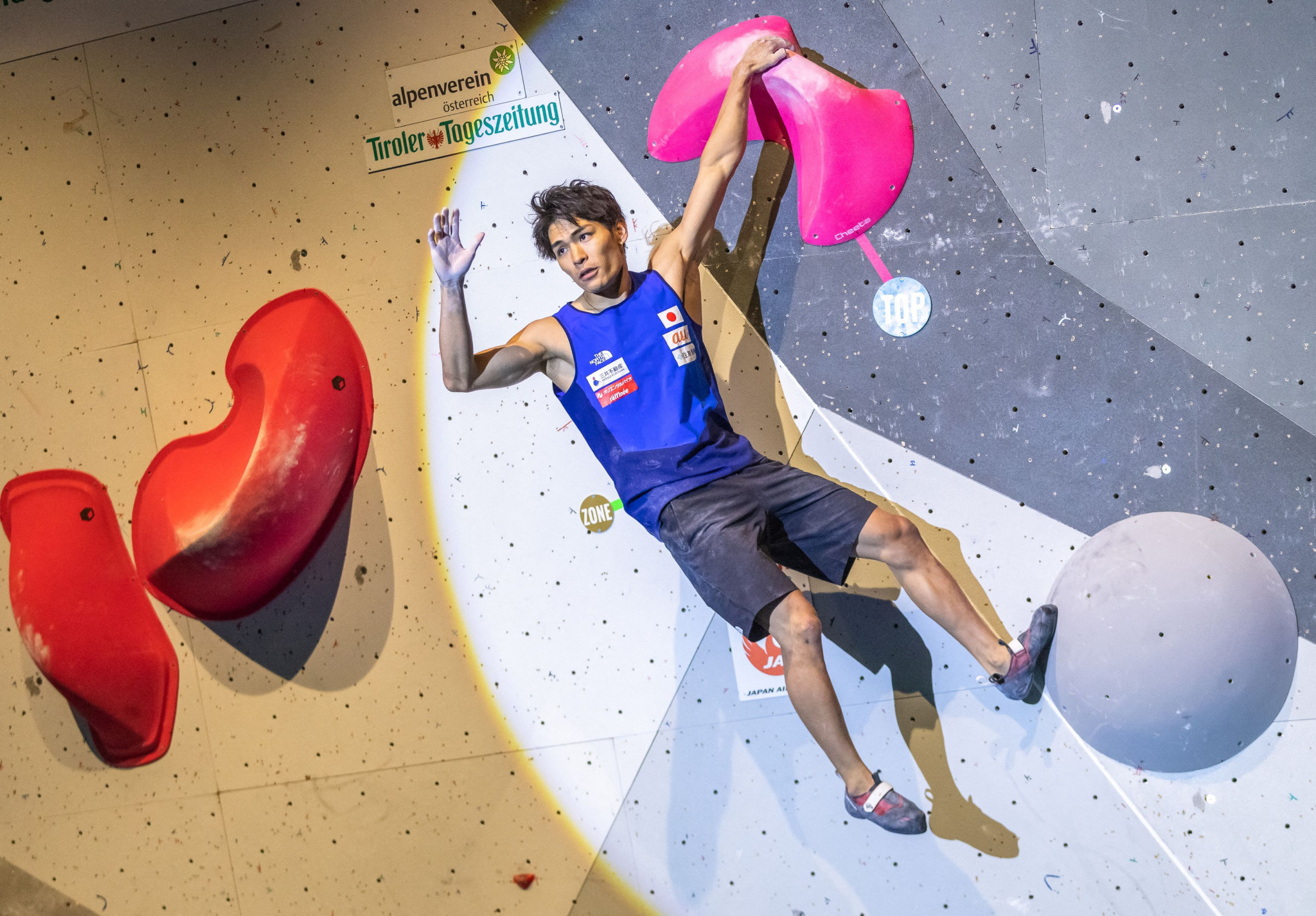History and Evolution of Sport Climbing: Sport Climbing Combined Olympics In Hindi

Sport climbing, a discipline that tests both physical and mental prowess, has undergone a remarkable journey from its humble beginnings as a niche activity to its current status as an Olympic sport. This evolution has been marked by key developments and innovations, shaping the sport into the thrilling spectacle it is today.
Origins and Early Development
Sport climbing emerged in the 1970s and 1980s, with its roots firmly planted in traditional climbing. Early climbers, inspired by the natural beauty and challenge of rock faces, sought out increasingly difficult routes. This pursuit of technical ascents led to the development of sport climbing as a distinct discipline. Climbers began to equip routes with permanent bolts, allowing for more frequent and accessible climbing. The focus shifted from relying solely on natural features to conquering routes with specific, pre-determined holds and sequences. This shift also introduced the concept of “grades” or “ratings,” a system used to measure the difficulty of climbing routes.
Key Innovations and Developments
- Development of Climbing Gear: The evolution of climbing gear played a crucial role in the growth of sport climbing. Advancements in rope technology, harnesses, and belay devices made climbing safer and more accessible. The introduction of quickdraws, which allow climbers to quickly clip the rope to bolts, significantly enhanced climbing efficiency.
- Rise of Competition Climbing: The emergence of competition climbing provided a platform for climbers to showcase their skills and compete against each other. Early competitions focused on traditional climbing, but the shift to sport climbing saw the introduction of specific routes designed for competition. These competitions spurred innovation in climbing techniques, as athletes sought to optimize their performance and push the boundaries of human potential.
- Impact of Climbing Gyms: The establishment of indoor climbing gyms played a significant role in popularizing sport climbing. Gyms offered a safe and controlled environment for climbers to practice, learn new techniques, and develop their skills. They also provided a social space for climbers to connect and share their passion for the sport.
Significant Milestones in Sport Climbing’s History
- 1989: The first World Championship of Sport Climbing is held in France. This event marked the formal recognition of sport climbing as a distinct discipline with a global following.
- 1997: The International Federation of Sport Climbing (IFSC) is founded. This organization serves as the governing body for sport climbing, setting standards, organizing competitions, and promoting the sport worldwide.
- 2016: The International Olympic Committee (IOC) announces that sport climbing will be included in the 2020 Summer Olympics. This decision marked a significant milestone for sport climbing, elevating its status to an Olympic discipline and exposing it to a wider audience.
- 2020: The first Olympic sport climbing competition is held in Tokyo, Japan. This event showcased the athleticism, skill, and determination of the world’s best climbers.
Sport Climbing in the Olympics

Sport climbing made its Olympic debut at the 2020 Tokyo Games, marking a significant milestone for the sport and its athletes. The inclusion of sport climbing in the Olympics has helped to increase its popularity and visibility worldwide.
Format and Rules of the Sport Climbing Competition, Sport climbing combined olympics in hindi
The Olympic sport climbing competition combines three disciplines: lead, bouldering, and speed. Each discipline has its own unique rules and scoring system. The combined format requires athletes to excel in all three disciplines to achieve success.
- Lead: In lead climbing, athletes ascend a challenging route with ropes and harnesses. The climber who reaches the highest point on the route within a set time limit wins. Points are awarded based on the height reached and any penalties incurred for falling. The scoring system in lead climbing is based on the height reached, with higher points awarded for reaching higher points on the wall. Climbers who fall are penalized, and the climber with the highest score after all climbers have completed their climb wins.
- Bouldering: Bouldering involves climbing short, challenging routes without ropes. Athletes have a limited time to complete each boulder problem. The climber who completes the most problems within the time limit wins. Points are awarded based on the number of problems completed. The scoring system in bouldering is based on the number of problems completed, with each problem being worth one point. Climbers who complete a problem within the time limit receive a point, and the climber with the highest score after all climbers have completed their climbs wins.
- Speed: Speed climbing is a race against the clock. Two climbers ascend a pre-set route simultaneously. The climber who reaches the top first wins. The scoring system in speed climbing is based on the time taken to complete the route, with the climber who completes the route in the fastest time winning.
Challenges and Opportunities
Combining the three disciplines into a single Olympic event presents both challenges and opportunities for athletes and the sport itself.
- Challenges:
- Athletes need to develop a well-rounded skillset, as success in one discipline does not necessarily guarantee success in another. This requires athletes to dedicate time and resources to training in all three disciplines.
- The combined format may favor athletes who excel in one or two disciplines over those who are more balanced. This could lead to a lack of diversity in the Olympic competition.
- The combined format could lead to a focus on speed climbing, as it is the most straightforward and easily measurable discipline. This could potentially overshadow the other two disciplines.
- Opportunities:
- The combined format allows for a more complete and exciting competition, as it showcases the full range of skills required in sport climbing.
- It provides a platform for athletes from different backgrounds and specializations to compete on an equal footing.
- The combined format has the potential to attract a wider audience and increase the popularity of sport climbing worldwide.
Impact of Sport Climbing on India

Sport climbing, a thrilling and challenging discipline, has gained significant traction in India, captivating a growing community of enthusiasts. The nation’s diverse topography, coupled with a burgeoning interest in adventure sports, has created a fertile ground for the development of sport climbing.
Growth and Popularity of Sport Climbing in India
The popularity of sport climbing in India is evident in the increasing number of dedicated climbing gyms, outdoor climbing destinations, and competitions. The emergence of talented athletes, such as [athlete’s name], [athlete’s name], and [athlete’s name], has further fueled this growth. Their accomplishments on the national and international stage have inspired a new generation of climbers.
Key Organizations and Initiatives
Several organizations and initiatives have played a pivotal role in promoting sport climbing in India.
- The Indian Mountaineering Foundation (IMF) has been instrumental in developing climbing infrastructure and organizing competitions.
- The Climbing and Mountaineering Federation of India (CMFI) is actively involved in promoting the sport at the grassroots level.
- The Ministry of Youth Affairs and Sports has recognized sport climbing as a promising discipline and has provided support to athletes through various schemes.
Potential of Sport Climbing in India
Sport climbing holds immense potential to contribute to India’s sporting landscape.
- It offers a unique opportunity for India to excel in an emerging Olympic sport, potentially bringing home medals in future Games.
- Sport climbing promotes physical fitness, mental discipline, and teamwork, making it an ideal activity for youth development.
- The sport’s growing popularity can contribute to the development of tourism in regions with natural climbing destinations, generating economic benefits.
Sport climbing combined olympics in hindi – So, you wanna know about “खेल चढ़ाई संयुक्त ओलंपिक” in Hindi? Well, it’s basically like watching Spiderman in real life, but with less web-slinging and more… climbing. And speaking of climbing, you gotta check out the Indian sport climbing combined Olympics team – they’re a bunch of fearless climbers who are making India proud! So, get ready to be inspired by their stories and maybe even try out some climbing yourself – you never know, you might just discover your inner Spiderman!
So you’re interested in “sport climbing combined olympics in hindi”? Well, buckle up, because it’s a wild ride! From the thrilling climbs in Tokyo to the equally exciting events in the US, this sport is taking the world by storm.
And speaking of the US, you can learn more about how they’re embracing this new era of climbing in the Olympics by checking out this article on sport climbing combined olympics usa. Back to the Hindi scene, it’s definitely gaining traction with its passionate community and growing fanbase.
So get ready to witness some incredible feats of strength, agility, and pure climbing brilliance!